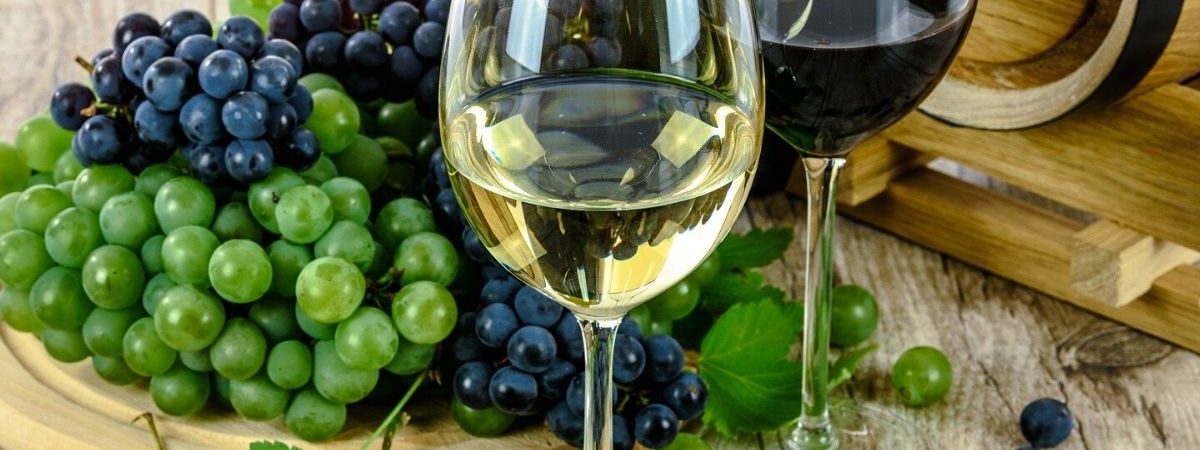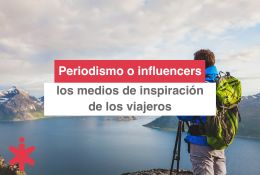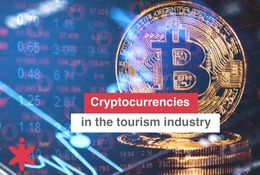Wine and 80 million euros
Wine and 80 million euros
That’s right, by 2019 wine tourism has surpassed 80 million euros in Spain with a growth of more than 20% according to data collected by ACEVIN; about 3 million tourists have crowded the wineries, shops, museums and hotels related to wine tourism throughout our country.
What has triggered this situation?
- Young people have lost their fear of the “snobbery” of the world of wine, and wine tasting in general, and they are eager to get an Instagram-like experience.
- The wine tourism ecosystem has been modernised. Perhaps not at the pace it should have been, but we have become aware of how this sector has developed into a forward-thinking industry in other countries such as France, Italy, the United States, South Africa or New Zealand.
- The extension of wine experiences to typologies such as beauty, private dinners, events and transversal actions with luxury brands.
One of the great examples and references is the ‘The Basque Route’ campaign, where they have developed a complete microsite with all the routes in the Basque Country region, pivoting on responsible esotericism and thus elevating the different wineries, hotels and restaurants into personalised routes according to the demands of each user.
The question any winemaker, restaurateur or hotelier may ask themselves is: how can I take advantage of this trend to boost my brand and attract more customers? The first step is to analyse what your role is within that ecosystem and start with the basics; is it easy to find the business on Google Maps?
Did you know that 80% of Google searches are made from the mobile phone and when the user is on their way to somewhere?
Analysing the positioning on Google Maps, the keywords associated with the business and those of the competitors is essential in order to not go unnoticed. And once that’s done, the next question is: are the contact details and schedule up to date? And, are the opinions answered and updated?
A very powerful micro-action is to analyse and create interactions with the Google Local Guides, influencer users of this platform that help businesses achieve better positioning.
The second step is to decide the earnings goal. While with the first step it is possible to increase the visits in an organic way, the second can help with number of clients and final sales, which is, in the end, what any businessman is looking for.
The content is undoubtedly the best digital vehicle to achieve this goal and it also serves to increase the notoriety of the business and the brand. And rightly so, wine tourism has proved to be one of the best themes in the world of digital travellers.
Currently, many micro-wineries formerly unknown have managed to be relevant in Google Maps and Instagram thanks to actions of this kind, either through influencers, with the creation of gastronomic experiences that make future visitors can “pre-living”, or even thanks to the publications of other users on these platforms.
Therefore, here they are 3 examples of the 3 largest wine tourism regions in Spain with several videos to get some ideas and inspiration:
Manu Guedes
Digital Marketing Manager





 All the news
All the news  Back to newsroom
Back to newsroom

